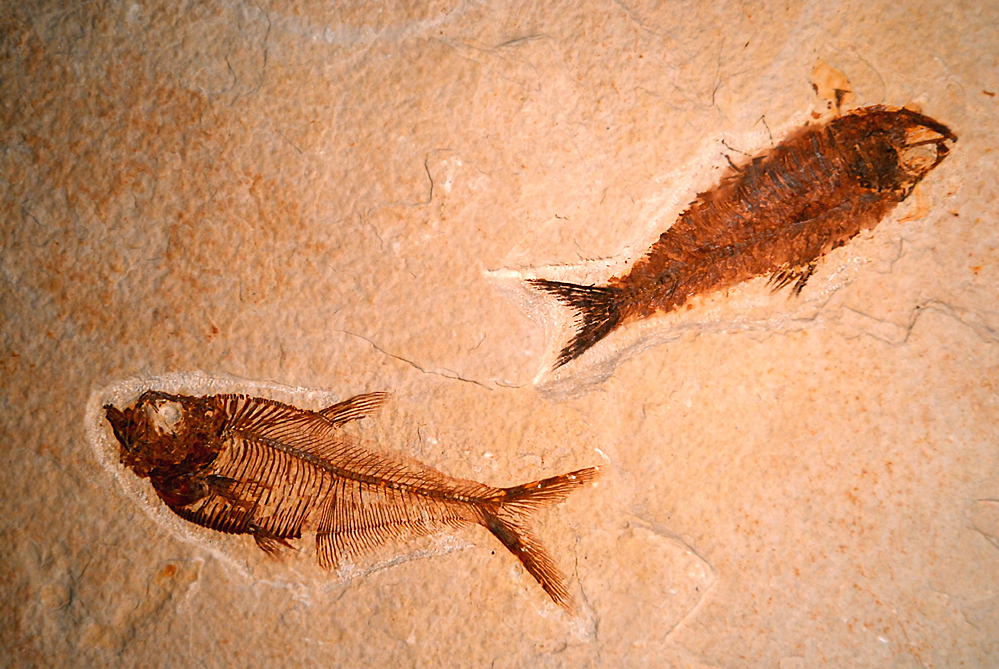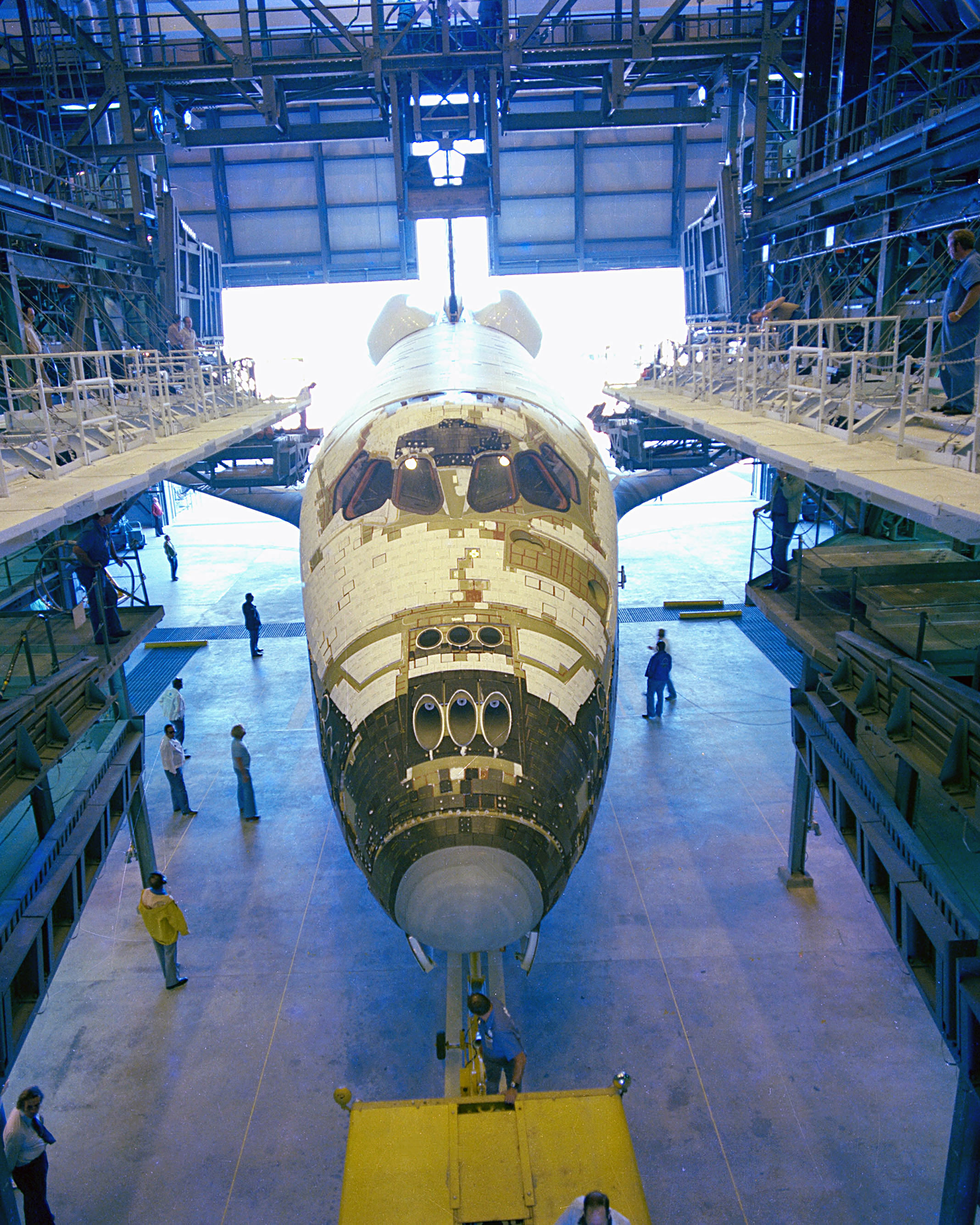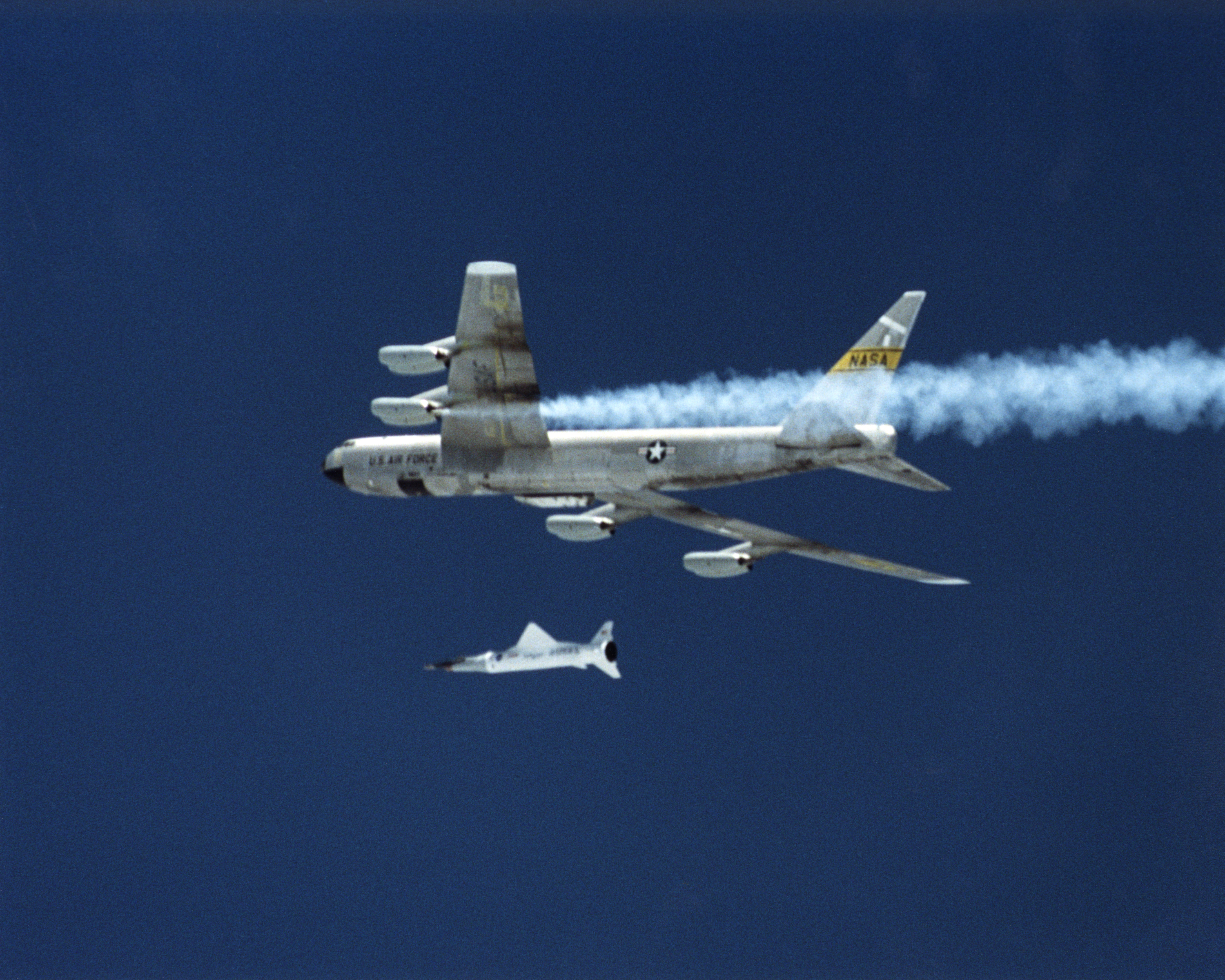|
Titanokorys Gainesii
''Titanokorys'' is a genus of extinct hurdiid radiodont (a grouping of primitive stem arthropods which lived during the early Paleozoic) that existed during the mid Cambrian. It is the largest member of its family from the Cambrian, with a body length of long, making it one of the largest animals of the time. It bears a resemblance to the related genus '' Cambroraster''. Fossils of ''T. gainesi'' were first found within Marble Canyon in 2018. The fossils were not named until 2021 because they were assumed to be giant specimens of ''Cambroraster''. The creature was one of several genera of radiodonts known from the Burgess Shale, with some of the others being ''Cambroraster'', ''Anomalocaris'', ''Peytoia'', and ''Hurdia''. ''Titanokorys'' is distinguished from other Burgess Shale radiodonts because of its large anterior sclerite (head covering carapace) and a pair of spines on the anteroventral sides. Based on the shape of its appendages, ''Titanokorys'' is speculated to have ... [...More Info...] [...Related Items...] OR: [Wikipedia] [Google] [Baidu] |
Genus
Genus ( plural genera ) is a taxonomic rank used in the biological classification of living and fossil organisms as well as viruses. In the hierarchy of biological classification, genus comes above species and below family. In binomial nomenclature, the genus name forms the first part of the binomial species name for each species within the genus. :E.g. '' Panthera leo'' (lion) and '' Panthera onca'' (jaguar) are two species within the genus ''Panthera''. ''Panthera'' is a genus within the family Felidae. The composition of a genus is determined by taxonomists. The standards for genus classification are not strictly codified, so different authorities often produce different classifications for genera. There are some general practices used, however, including the idea that a newly defined genus should fulfill these three criteria to be descriptively useful: # monophyly – all descendants of an ancestral taxon are grouped together (i.e. phylogenetic analysis should c ... [...More Info...] [...Related Items...] OR: [Wikipedia] [Google] [Baidu] |
Seabed
The seabed (also known as the seafloor, sea floor, ocean floor, and ocean bottom) is the bottom of the ocean. All floors of the ocean are known as 'seabeds'. The structure of the seabed of the global ocean is governed by plate tectonics. Most of the ocean is very deep, where the seabed is known as the abyssal plain. Seafloor spreading creates mid-ocean ridges along the center line of major ocean basins, where the seabed is slightly shallower than the surrounding abyssal plain. From the abyssal plain, the seabed slopes upward toward the continents and becomes, in order from deep to shallow, the continental rise, slope, and shelf. The depth within the seabed itself, such as the depth down through a sediment core, is known as the “depth below seafloor.” The ecological environment of the seabed and the deepest waters are collectively known, as a habitat for creatures, as the “ benthos.” Most of the seabed throughout the world's oceans is covered in layers of marine sedimen ... [...More Info...] [...Related Items...] OR: [Wikipedia] [Google] [Baidu] |
Camera Lens
A camera lens (also known as photographic lens or photographic objective) is an optical lens or assembly of lenses used in conjunction with a camera body and mechanism to make images of objects either on photographic film or on other media capable of storing an image chemically or electronically. There is no major difference in principle between a lens used for a still camera, a video camera, a telescope, a microscope, or other apparatus, but the details of design and construction are different. A lens might be permanently fixed to a camera, or it might be interchangeable with lenses of different focal lengths, apertures, and other properties. While in principle a simple convex lens will suffice, in practice a compound lens made up of a number of optical lens elements is required to correct (as much as possible) the many optical aberrations that arise. Some aberrations will be present in any lens system. It is the job of the lens designer to balance these and produce a des ... [...More Info...] [...Related Items...] OR: [Wikipedia] [Google] [Baidu] |
Lagerstätte
A Lagerstätte (, from ''Lager'' 'storage, lair' '' Stätte'' 'place'; plural ''Lagerstätten'') is a sedimentary deposit that exhibits extraordinary fossils with exceptional preservation—sometimes including preserved soft tissues. These formations may have resulted from carcass burial in an anoxic environment with minimal bacteria, thus delaying the decomposition of both gross and fine biological features until long after a durable impression was created in the surrounding matrix. ''Lagerstätten'' span geological time from the Neoproterozoic era to the present. Worldwide, some of the best examples of near-perfect fossilization are the Cambrian Maotianshan shales and Burgess Shale, the Silurian Waukesha Biota, the Devonian Hunsrück Slates and Gogo Formation, the Carboniferous Mazon Creek, the Jurassic Posidonia Shale and Solnhofen Limestone, the Cretaceous Yixian, Santana, and Agua Nueva formations, the Eocene Green River Formation, the Miocene Foulden Maar and ... [...More Info...] [...Related Items...] OR: [Wikipedia] [Google] [Baidu] |
Science (journal)
''Science'', also widely referred to as ''Science Magazine'', is the peer-reviewed academic journal of the American Association for the Advancement of Science (AAAS) and one of the world's top academic journals. It was first published in 1880, is currently circulated weekly and has a subscriber base of around 130,000. Because institutional subscriptions and online access serve a larger audience, its estimated readership is over 400,000 people. ''Science'' is based in Washington, D.C., United States, with a second office in Cambridge, UK. Contents The major focus of the journal is publishing important original scientific research and research reviews, but ''Science'' also publishes science-related news, opinions on science policy and other matters of interest to scientists and others who are concerned with the wide implications of science and technology. Unlike most scientific journals, which focus on a specific field, ''Science'' and its rival ''Nature'' cover the full ra ... [...More Info...] [...Related Items...] OR: [Wikipedia] [Google] [Baidu] |
Space Shuttle
The Space Shuttle is a retired, partially reusable low Earth orbital spacecraft system operated from 1981 to 2011 by the U.S. National Aeronautics and Space Administration (NASA) as part of the Space Shuttle program. Its official program name was Space Transportation System (STS), taken from a 1969 plan for a system of reusable spacecraft where it was the only item funded for development. The first ( STS-1) of four orbital test flights occurred in 1981, leading to operational flights ( STS-5) beginning in 1982. Five complete Space Shuttle orbiter vehicles were built and flown on a total of 135 missions from 1981 to 2011. They launched from the Kennedy Space Center (KSC) in Florida. Operational missions launched numerous satellites, interplanetary probes, and the Hubble Space Telescope (HST), conducted science experiments in orbit, participated in the Shuttle-''Mir'' program with Russia, and participated in construction and servicing of the International Space Station (ISS ... [...More Info...] [...Related Items...] OR: [Wikipedia] [Google] [Baidu] |
Mothership
A mother ship, mothership or mother-ship is a large vehicle that leads, serves, or carries other smaller vehicles. A mother ship may be a maritime ship, aircraft, or spacecraft. Examples include bombers converted to carry experimental aircraft to altitudes where they can conduct their research (such as the B-52 carrying the X-15), or ships that carry small submarines to an area of ocean to be explored (such as the Atlantis II carrying the Alvin). A mother ship may also be used to recover smaller craft, or go its own way after releasing them. A smaller vessel serving or caring for ''larger'' craft is usually called a tender. Etymology In many Asian languages, such as Chinese, Japanese, Korean and Indonesian, the word ''mothership'' (, ja, 母艦, ko, 모함, id, Kapal induk, literally "mother" + "(war)ship") typically refers to an aircraft carrier, which is translated as "aircraft/aviation mothership" (, ja, 航空母艦, ko, 항공모함, ms, Kapal induk pe ... [...More Info...] [...Related Items...] OR: [Wikipedia] [Google] [Baidu] |
British Columbia
British Columbia (commonly abbreviated as BC) is the westernmost Provinces and territories of Canada, province of Canada, situated between the Pacific Ocean and the Rocky Mountains. It has a diverse geography, with rugged landscapes that include rocky coastlines, sandy beaches, forests, lakes, mountains, inland deserts and grassy plains, and borders the province of Alberta to the east and the Yukon and Northwest Territories to the north. With an estimated population of 5.3million as of 2022, it is Canada's Population of Canada by province and territory, third-most populous province. The capital of British Columbia is Victoria, British Columbia, Victoria and its largest city is Vancouver. Vancouver is List of census metropolitan areas and agglomerations in Canada, the third-largest metropolitan area in Canada; the 2021 Canadian census, 2021 census recorded 2.6million people in Metro Vancouver Regional District, Metro Vancouver. The First Nations in Canada, first known human inhabi ... [...More Info...] [...Related Items...] OR: [Wikipedia] [Google] [Baidu] |
Kootenay National Park
Kootenay National Park is a national park of Canada located in southeastern British Columbia. The park consists of of the Canadian Rockies, including parts of the Kootenay and Park mountain ranges, the Kootenay River and the entirety of the Vermilion River. While the Vermilion River is completely contained within the park, the Kootenay River has its headwaters just outside the park boundary, flowing through the park into the Rocky Mountain Trench and eventually joining the Columbia River. The park ranges in elevation from at the southwestern park entrance to at Deltaform Mountain. Initially called "Kootenay Dominion Park", the park was created in 1920 as part of an agreement between the province of British Columbia and the Canadian federal government to build a highway in exchange for title to a strip of land, approximately on either side of the 94 km route, the Banff–Windermere Highway, to be used solely for park purposes. While the park is open all year, the major ... [...More Info...] [...Related Items...] OR: [Wikipedia] [Google] [Baidu] |
Jean-Bernard Caron
Jean-Bernard Caron is a French and Canadian palaeontologist currently working as a curator of invertebrate palaeontology at the Royal Ontario Museum in Toronto. Caron is also cross-appointed at the University of Toronto as an associate professor in the Departments of Ecology and Evolutionary Biology and Earth Sciences. He is known for his work on the Burgess Shale. Education Caron completed a bachelor's degree in natural history at the Université Blaise Pascal, Clermont-Ferrand in 1997 and his Diplôme d'études approfondies in palaeontology, sedimentology and chronology from the University Claude-Bernard, Lyon in 1999. His thesis focused on the problematic Burgess Shale animal '' Banffia constricta''. Jean-Bernard Caron volunteered as a field assistant at the Burgess Shale in 1998 and, in 1999 and 2000, participated in the last two seasons led by Desmond Collins, then Curator of Invertebrate Palaeontology at the Royal Ontario Museum (ROM). He also spent several months at the R ... [...More Info...] [...Related Items...] OR: [Wikipedia] [Google] [Baidu] |
Robert R
Robert Lee Rayford (February 3, 1953 – May 15 1969), sometimes identified as Robert R. due to his age, was an American teenager from Missouri who has been suggested to represent the earliest confirmed case of HIV/AIDS in North America based on evidence which was published in 1988 in which the authors claimed that medical evidence indicated that he was "infected with a virus closely related or identical to human immunodeficiency virus type 1." Rayford died of pneumonia, but his other symptoms baffled the doctors who treated him. A study published in 1988 reported the detection of antibodies against HIV. Results of testing for HIV genetic material were reported once at a scientific conference in Australia in 1999; however, the data has never been published in a peer-reviewed medical or scientific journal. Background Robert Rayford was born on February 3, 1953, in St. Louis, Missouri to Constance Rayford (September 12, 1931 – April 3, 2011) and Joseph Benny Bell (March 24, ... [...More Info...] [...Related Items...] OR: [Wikipedia] [Google] [Baidu] |
Geologist
A geologist is a scientist who studies the solid, liquid, and gaseous matter that constitutes Earth and other terrestrial planets, as well as the processes that shape them. Geologists usually study geology, earth science, or geophysics, although backgrounds in physics, chemistry, biology, and other sciences are also useful. Field research (field work) is an important component of geology, although many subdisciplines incorporate laboratory and digitalized work. Geologists can be classified in a larger group of scientists, called geoscientists. Geologists work in the energy and mining sectors searching for natural resources such as petroleum, natural gas, precious and base metals. They are also in the forefront of preventing and mitigating damage from natural hazards and disasters such as earthquakes, volcanoes, tsunamis and landslides. Their studies are used to warn the general public of the occurrence of these events. Geologists are also important contributors to ... [...More Info...] [...Related Items...] OR: [Wikipedia] [Google] [Baidu] |










